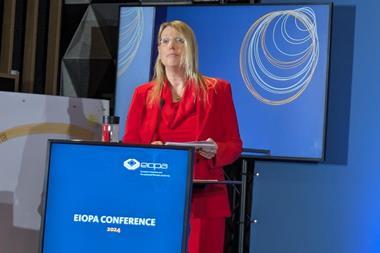ITALY - The Italian government is to put up to around three million euros a month into the Espero educational pension scheme, the head of the scheme said.
Professor Sergio Paci, director of the fund’s board of administration, said the state would pay 2.58 euros a month for each of the potential 1.2 million teachers and employees of public schools.
Paci said Espero would be opened to teachers and staff of state schools, from nursery to higher schools, excluding universities, from September.
The bill setting up the fund Espero, is known as ‘Decreto Legge 346 000’. “An important point is that Espero has an important amount of money from the state from the beginning,” Paci said. He added: “We can operate without transferring the cost to members.”
Because the fund has been given this sum before it actually starts to recruit, seen as making it unique among pension funds, the joining fee would be of only 2.58 euros.
“This is important support and enables us to be competitive,” said Paci, who also is director of the pensions forum at Italy’s Bocconi University.
The fund, he said, was hoping to receive the go-ahead from pension regulator Covip in June and to start recruiting in September.
As a further incentive to secure a quick response, the state will also pay an extra one per cent cash into the annual contributions of those who join straight away. The extra contribution would drop to 0.5 for those who join the next year.
The present board, consisting of directors appointed by the ministry of education and from the most representatives trade unions, would be changed when the fund reached 30,000 members, said Paci.
Members would elect the representatives of the trade unions every five years, said a spokesman of the Cisl union, Conferedazione italiana sindacati lavoratori.
Hailing the fund as a ‘victory’, the spokesman said there was ground to hope in a good take-up rate and that other funds for public employees would be set up after Espero.
Public employees have so far been barred from joining a pension scheme. This is because the indemnity they receive at the end of their career, known as the ‘liquidazione’, is not formally known to the law in the same way as the indemnity that private employees receive, ‘Trattamento di fine lavoro’. The TFR is the main component of the second pillar.












No comments yet